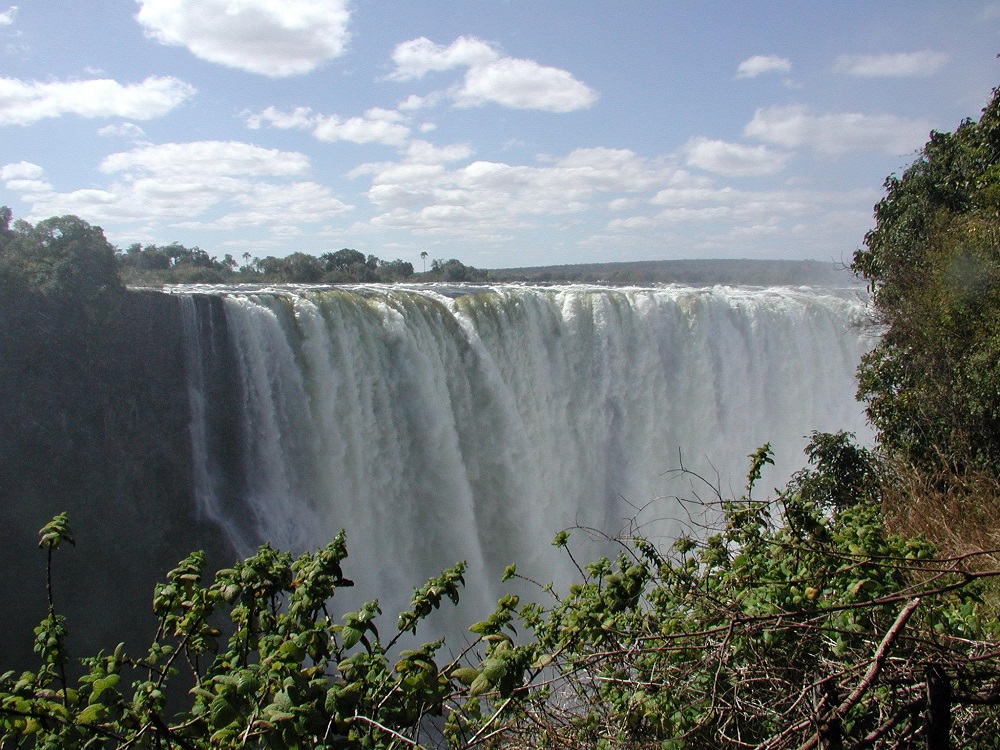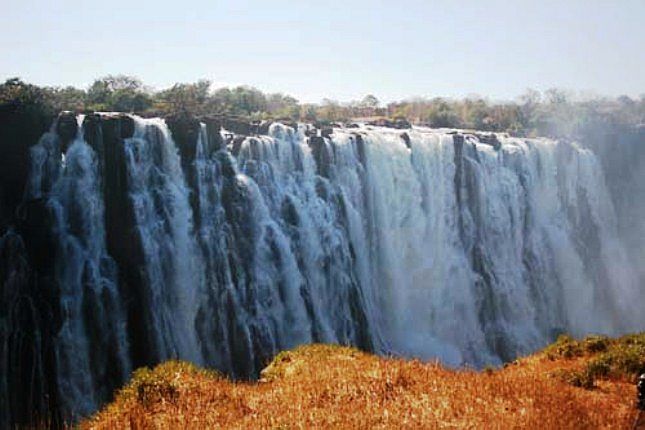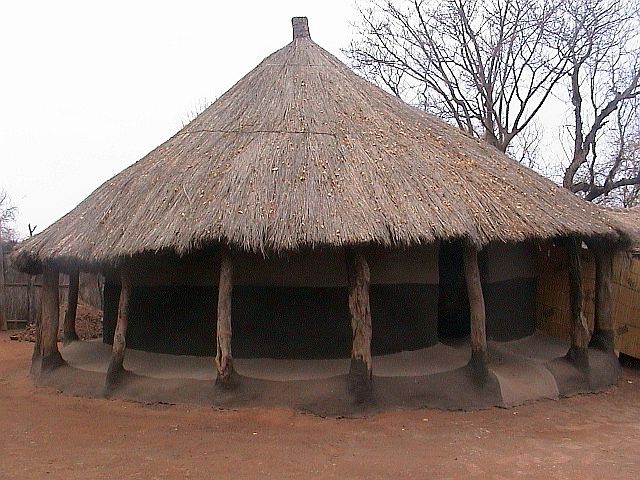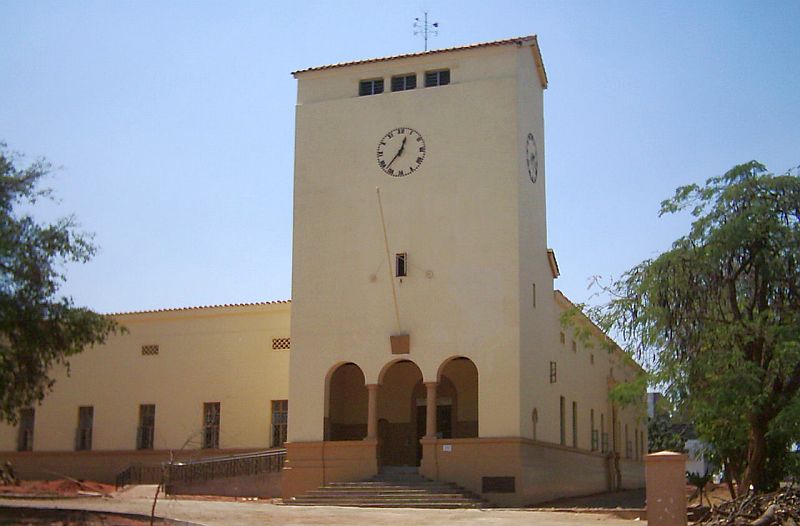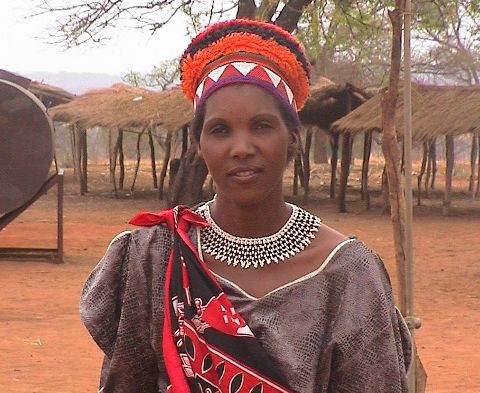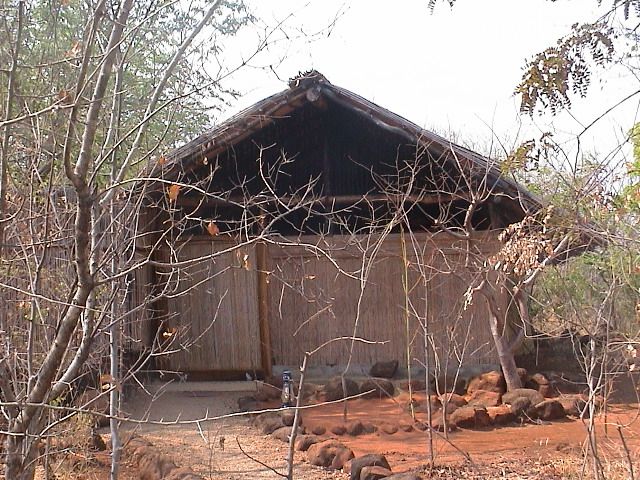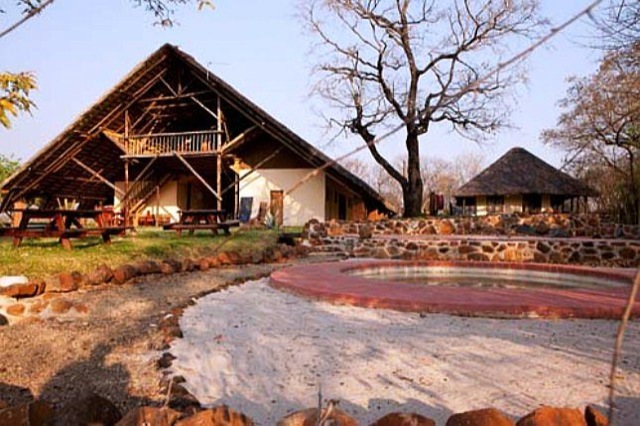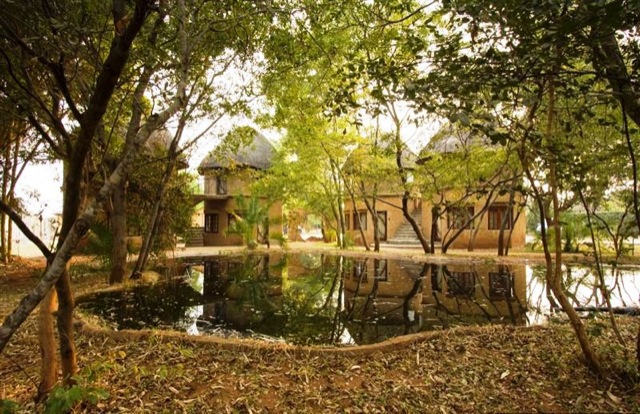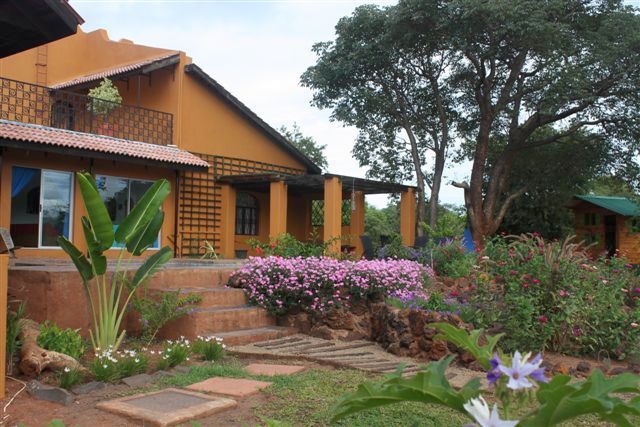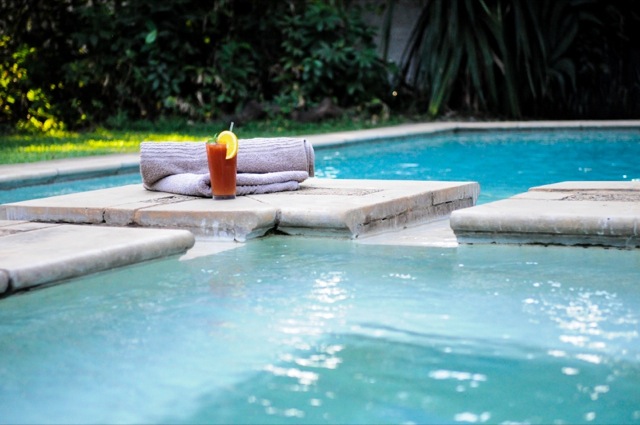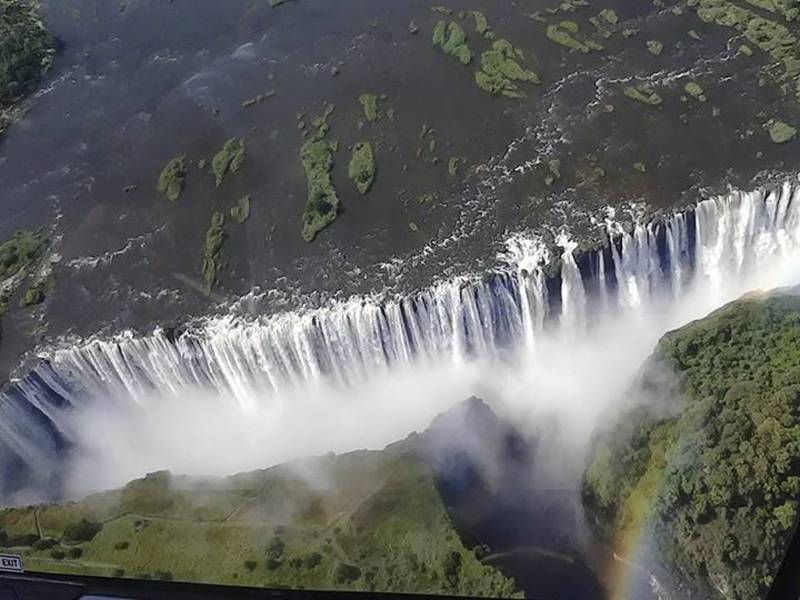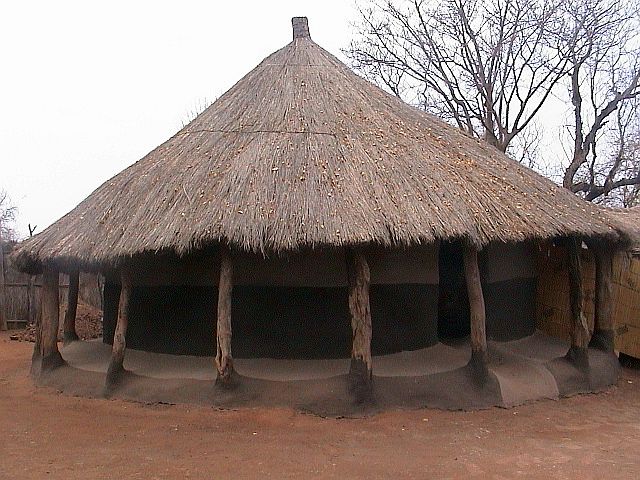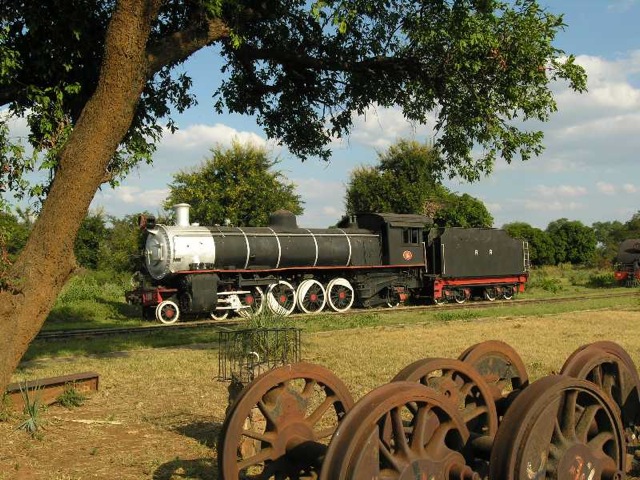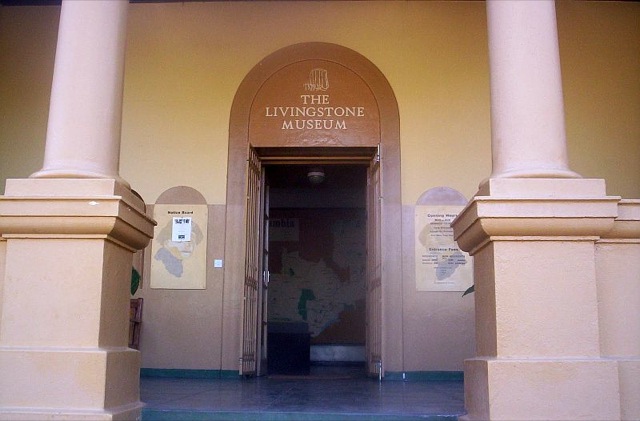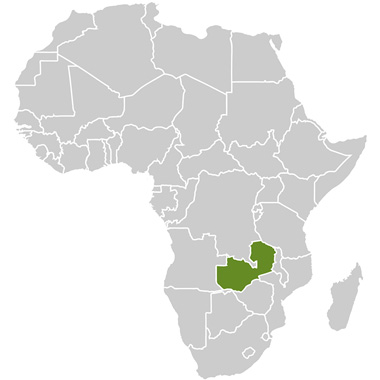Livingstone is a historic colonial town and present provincial headquarters of Zambia’s Southern Province. Livingstone is rapidly becoming known as the “Adventure Center of Southern Africa”. Also known as Zambia’s tourist capital, the city offers various adrenalin sports, such as white water rafting through the rapids of the Batoka Gorge and bungee jumping off the railway bridge; the unmatched Victoria Falls scenery of breathtaking proportions and many other leisure options for outdoor lovers, as well as interesting cultural excursions such as a visit to Mukuni Village. Livingstone links well with other destinations on the Open Africa network including Kafue National, South and North Barotse Trails.
Reasons to visit
are many activities and attractions for travellers to enjoy in and around Livingstone. Game drives and bird watching in the Mosi-oa-Tunya National Park are a favourite, while – several outfitters operate white water rafting tours on the roiling waters south of the Victoria Falls which provide 18 of the world’s best rapids literally starting in the gorge of falls in the Boiling Pot. More adventurous travellers can enjoy bungee jumping from the bridge spanning Zambia and Zimbabwe, micro-glider rides over the falls or even elephant back safaris.
History buffs will enjoy a visit to the Livingstone Museum of archaeology, ethnography and history and the magnificent collection of memorabilia relating to David Livingstone or the Railway Museum of the Mulobezi Railway.
The Victoria Falls
Described as the greatest known curtain of falling water, the Victoria Falls are also known by the ancient name “Mosi-Oa-Tunya”, meaning ‘the smoke that thunders’. This is due to the column of spray, which rises hundreds of metres into the air and is sometimes visible from more than 30 kilometres away.
One of Africa’s major tourist attractions and a UNESCO World Heritage Site, the falls are shared between Zambia and Zimbabwe, and each country has a national park to protect them and a town serving as a tourism center: Mosi-oa-Tunya National Park and Livingstone in Zambia, and Victoria Falls National Park and the town of Victoria Falls in Zimbabwe.
The first European to see the Falls was David Livingstone on 17 November 1855, during his journey from upper Zambezi to the mouth of the river. The falls were well known to local tribes, and Voortrekker hunters may have known of them, as may have the Arabs under a name meaning “the end of the world”. Livingstone had been told about the falls before he reached them from upriver, and was paddled across to a small island that now bears the name Livingstone Island.
He gave them their English name in honour of Queen Victoria and wrote in his diary: “No one can imagine the beauty of the view from anything witnessed in England….but scenes so lovely must have been gazed upon by the angels in their flight.”
Mosi-O-Tunya National Park
The little Mosi-O-Tunya National Park is a UNESCO World Heritage site and houses the Mosi-O-Tunya Falls. The park covers an area of 66km² (25.5 square miles) from the Songwe Gorge below the falls in a north-west arc along about 20 km of the Zambian river bank. The wildlife park part of Mosi-O-Tunya is at its north-western end, and the area next to the Victoria Falls. The park further extends downstream from the falls and to the south-east along the Batoka Gorges
The vegetation in the park includes riverine forest with palm trees, miombo woodlands and grassland. Tourists have a chance of sighting a variety of bird species, and animals including giraffe, zebra, warthog, sable, eland, buffalo, impala and other antelope and white rhino.

